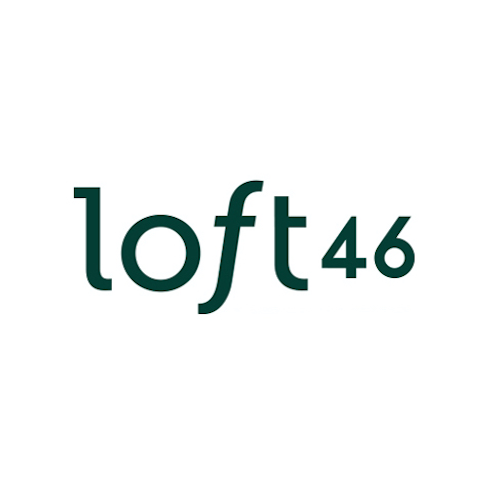

Loft46
In Loft46 puoi trovare arredamento, oggetti di design contemporaneo, vintage e modernariato.
Categorie
Charles e Ray Eames
Charles Eames (1907-1978) and Ray Eames (1912-1988) were a husband and wife design team who made significant contributions to modern architecture and furniture design. They were born in St. Louis, Missouri and began working together in the 1940s in Los Angeles, California.
The Eameses' work has been characterized by their interest in exploring new materials and technologies and their commitment to creating designs that are functional, affordable and aesthetically pleasing. They have worked in a variety of mediums, including furniture, architecture, photography, film, and exhibition design.
One of the most iconic pieces of furniture designed by the Eameses is the Eames Lounge Chair, designed in 1956 for the Herman Miller furniture company. The chair's design, with its molded plywood shell, leather upholstery, and elegant metal base, is widely recognized as a mid-century modern design classic. The Eameses also designed other furniture such as the Eames Molded Plastic Chair and the Wire Chair.
In addition to furniture design, the Eameses have also worked on a number of architectural projects, including the Eames House in Pacific Palisades, California which they designed as their residence. The house, built of prefabricated steel and glass panels, is now a National Historic Landmark.
The Eameses' work in film and exhibition design was also notable. They have created a number of short films and documentaries, including the classic Powers of Ten, which explore the relative sizes of objects in the universe. They have also designed exhibits for companies such as IBM, the US government and the Museum of Modern Art in New York City.
The Eameses have received numerous awards and honors throughout their careers, including the Royal Institute of British Architects' Royal Gold Medal for Architecture and the AIA Twenty-five Year Award. Their work has been featured in major museum exhibitions around the world, and their designs continue to be produced and admired today.
“Details are not details they are the essence of the project”.
Display prices in:EUR
